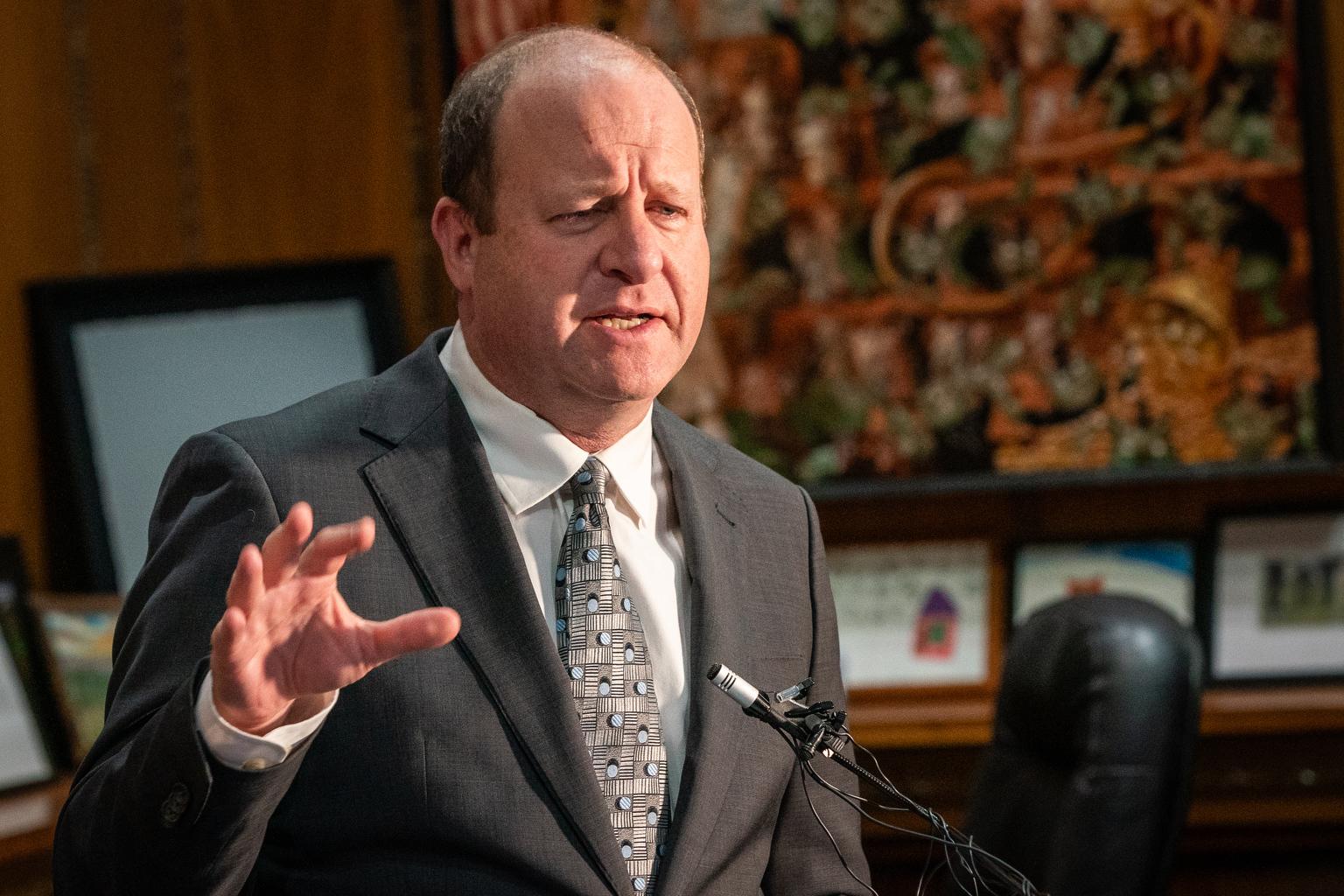
In Lithuania, where Father Francis is from, the national flower is a big deal.
Father Francis Nekrosius, who’s from the Baltic nation, now lives in Colorado and runs the Regina Caeli Hermitage for the Brothers of Saint John, situated in the foothills west of Chatfield State Park. On the property he sees scores of white and lavender columbines, Colorado’s state flower. Given that the rue plant is so intertwined with Lithuanian culture, he wondered if the same is true for the Centennial State.
“Young girls, when they are being married, they usually wear a crown of rue, or at least nowadays it's more like a symbolic little ring still made of rue, so it's really a part of national identity,” he said as a part of an inquiry through Colorado Wonders. “I was wondering whether in Colorado … is it just because it's in the mountains because half of Colorado is mountains or there's some story behind that?”
The answer, History Colorado director of interpretation and publications Sam Bock says, goes back more than a century to the late 1800s.
“This was one of those fun referendum things that the legislature put out as a means of building Colorado identity in the early days of our state, and Colorado wasn't alone in, as part of this movement, most states started adopting symbols and flowers, and if you think about what was going on in our country at the time, this is a time of really rapid expansion in the number of states in the late 1800s, early 1900s,” Bock said. “States were looking to establish an identity for themselves and to celebrate the things that made them unique.”
Bock said the ubiquity and familiarity with the flower probably played into the choice. It was voted on by school children statewide, and won handily over the claret cup cactus — which, in 2014, would become the state cactus.
“I think people were probably pretty familiar with the flower, and I think it's also reflected in the vote,” Bock said. “More than 90 percent of the votes went for the columbine over the cactus, which was the alternate.”
“It's because America is the country of democracy, right?” Father Francis said of the answer. “So everything's democratic here. It's beautiful to see that.”
Colorado’s state flower is a fairly resilient species, and can be found at high altitudes where other plants struggle to take hold. They’re well suited to the Betty Ford Alpine Gardens in Vail. Emily Griffoul, conservation scientist with the gardens, said even without the distinction of being the state flower, the plant stands out.
“It's one of the most beautiful flowers in Colorado. We have amazing flora, but this is a particularly exquisite species that lives in our state. They're really distinctive. I think that even people who aren't botanists can easily recognize our columbine,” Griffoul said.
There are many species of columbines. The one that has the distinction of being the state flower is the Aquilegia coerulea. Griffoul said in early documentation, the Latin name was misspelled, though she said not enough to alter the intention of the designation.
“It’s just bad Latin,” Griffoul quipped, “just a typo.”
Colorado actually has six different species of columbine, Griffoul said, some of which can be quite rare. The oil shale columbine, which tends to be pink or red, is found in the northwest corner of the state and the rocky mountain blue columbine is found only in Colorado.
Griffoul said that for plant lovers — or perhaps those who don’t yet know they’re plant lovers — the columbine is a great jumping off point for floral adventures.
“I would say for people who really love columbine and really appreciate how beautiful they are, I encourage people to go and try to find some of the other species. So for example, the rare and endemic one, the Aquilegia saximontana (rocky mountain blue columbine) that is really stunning. And if you're into plants, it is just really such a treat to see that one,” Griffoul said.









